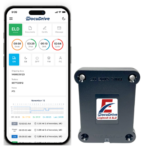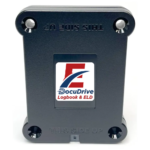Peak season is here again, and it arrives with a very mixed signal. Consumer spending is still growing, albeit at a slower pace, and retailers are accelerating promotions into October. Mastercard expects U.S. holiday sales to rise about 3.6 percent year over year between November 1 and December 24, softer than last year, with online growth outpacing stores. That slower growth, combined with caution around pricing, is shaping order patterns and shipping timelines at present.
At the same time, the cost side of the logistics equation is a patchwork. Diesel prices are lower than last year and fairly stable for now, which helps operating costs. The U.S. average on-highway diesel price in mid-September hovered around the mid-$3.70s per gallon, according to the EIA.
Ocean spot rates have fallen for fourteen straight weeks, with Drewry’s World Container Index near $1,900 per forty-foot container, although lane-by-lane moves can differ. That eases import landed costs for many goods, yet does not guarantee that downstream capacity will be simple.
Parcel carriers have already published demand surcharges and seasonal price changes, so shippers can expect higher costs for additional handling, large packages, and oversize shipments. USPS has announced temporary peak price increases by zone and weight tiers, FedEx has updated demand surcharges, and UPS lists demand surcharges for additional handling and large packages. Build these into your margin models now.
Truckload dynamics remain in a slow recovery. Following an extended soft market, with smaller carriers exiting and tighter supply, modest upward pressure on rates could be added in Q4, especially for certain directional flows. Spot price bargains are fading, and shippers are asking for stability over volatility.
What this cocktail means for peak planning
Demand will be uneven, not absent. Consumers are still buying, but they are value hunting, shifting to gift cards, and responding to early discounts. Expect earlier micro-peaks and more last-minute price-driven spikes. Forecast with a wider cone of uncertainty, then align staffing and fleet availability to short windows instead of one long crescendo.
Transportation costs are diverging by mode. Diesel relief helps linehaul budgets, while container rates relieve import pressure; however, parcel surcharges and handling fees raise per-stop costs for bulky or non-conveyable items. Model mode mix trade-offs by SKU, not averages.
Capacity will hinge on geography and timing. Some lanes into the Southeast are already tightening. Regional imbalances will matter more than national averages. Pre-book capacity for promotional windows, and plan backhauls creatively.
Five moves to protect service and margin in Holiday 2025
1) Build a lane-level playbook, not a national plan.
Segment your lanes by risk, including forecasting volatility, carrier coverage, historical tender rejection rates, and parcel surcharges on bulky SKUs. Set thresholds where orders automatically shift to alternative modes or nodes when costs or ETAs exceed targets. Update daily during promotional periods.
2) Turn compliance data into uptime.
Peak season failures often begin as minor compliance issues, such as missing driver hours, overdue inspections, or unidentified ELD faults, which can lead to roadside delays. Use your ELD data to surface pre-trip exceptions, hours-of-service risk, and DVIR defects in the dispatch board, not in an audit folder. Lower roadside delays and keep promised delivery windows.
3) Optimize stop density to offset parcel surcharges.
For bulky or additional-handling freight that would incur parcel fees, consolidate where feasible, cluster deliveries, and push BOPIS or local pickup partners near demand centers. A small increase in route density can more than offset per-piece surcharges.
4) Use rolling, SKU-specific profitability.
Feed live transportation costs into SKU contribution, including diesel, accessorials, parcel peak fees, and detention risk. If a promotion drives orders that cross a cost threshold, pause ads or switch fulfillment promise language from two-day to economy zones to protect margin.
5) Lock import flows while the market is favorable, then stage inventory closer to demand.
Ocean rates are more favorable compared to earlier this year. Use them to bring in core SKUs, then stage inventory in satellite nodes or 3PLs closer to shoppers to reduce last-mile costs that are rising due to surcharges. Balance carrying cost against parcel accessorials.
A quick checklist for the next two weeks
Confirm all carrier peak calendars and surcharges, including USPS zone-tier changes and FedEx or UPS demand surcharges on additional handling and large packages. Mirror those rules in your WMS and checkout logic to reduce surprises.
Refresh driver and vehicle compliance, including HOS readiness, ELD configuration checks, DVIR closure rates, IFTA documentation, and inspection schedules.
Pre-stage for your highest-risk promotional windows, especially for oversized and high-return SKUs.
Create exception playbooks for weather, carrier no-shows, and surge orders. Assign a person of record for each trigger, plus the backup.
Stand up a daily cost and service huddle from now through January returns season, fifteen minutes, with a dashboard covering fill rate, OTIF, cost per delivered unit, accessorial spend, and driver availability.
How DocuDrive can help you ride out an uncertain peak
DocuDrive’s ELD and GPS platform helps fleets and private shippers convert compliance data into on-time performance and cost control.
Prevent delays before they happen. Real-time HOS visibility, automated alerts on remaining drive time, and exception flags for vehicles or drivers at risk of violations keep routes legal and on schedule.
Tighten dispatch decisions. GPS telemetry, geofencing, and accurate ETAs improve stop density and reduce costly re-routes when volumes spike.
Reduce roadside risk. Digital DVIR workflows and maintenance logs help you identify small issues before they escalate into peak-season breakdowns.
Audit-ready reporting. Clean, centralized ELD and GPS records simplify audits and customer scorecards during the most scrutinized weeks of the year.
Economic uncertainty does not have to become operational chaos. With a lane-by-lane plan, real-time compliance discipline, and tighter cost visibility, you can protect service levels and margin through the holidays.
If you want help turning your ELD and GPS data into a peak-season control tower, the DocuDrive team can set up a rapid review and identify where minutes, miles, and dollars are being lost. Let’s get you ready before the first promo drops.









